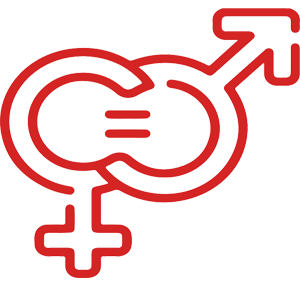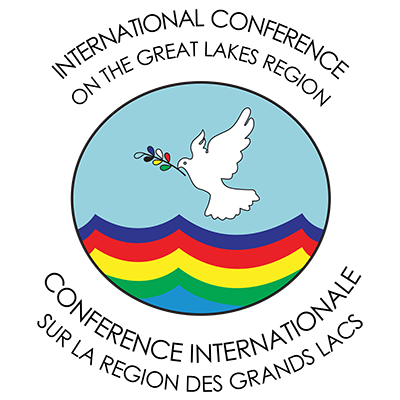Download Peace Education Handbook HERE
OUR ENGAGEMENT:
The Heads of State and Government of Member States of the International Conference on the Great Lakes Region during the signing of the Pact on Security, Stability and Development in the Great Lakes Region, committed to ensure sustainable peace and security in the whole Region of the Great Lakes, in the framework of the Program of Action for Peace and Security, which is aimed at:
- Promoting the joint management of the security of common borders.
- Promoting, maintaining and enhancing cooperation in the fields of peace, conflict prevention and the peaceful settlement of disputes.
- Promoting inter-State cooperation on general security issues including combating the illicit proliferation of small arms and light weapons, preventing and combating organized transnational criminal activities and terrorism.
1. Joint security management of common borders:
2. Inter-State cooperation on peace and security issues:
The Protocols are:
OUR PROJECTS AND PARTNERS:
Project No 1.1.1
Project No 1.1.3
Project No 1.1.4
Project No 1.1.1
Disarmament and Repatriation of All Armed Groups in Eastern DRC
Zones 1 (South-Western Uganda, North-Western Rwanda and Eastern DRC) and 10 (Eastern DRC, North-Western Burundi and South-Western Rwanda) in the Great Lakes Region (GLR) are currently the most volatile. They are characterized by three levels of violent conflicts: State-centric conflicts, State against rebel groups conflicts and rebel against local communities. While the epicenter of the conflicts is currently in the Eastern DRC, this does not preclude rebel attacks directed against neighboring states. It is this latter factor that engenders tensions in zones 1 and 10 of the IC/GLR..
Key Partners: Development partners, UN, ADB Special Fund, Development Partners for funding
![]() Download: Disarmament and Repatriation of All Armed Groups in Eastern DRC
Download: Disarmament and Repatriation of All Armed Groups in Eastern DRC
Project No 1.1.3
Development of border zones and promotion of human security
Border zones continue to constitute threats to the region, states and communities of the GLR. Core in these are cross border attacks by armed groups and bands of cattle rustlers, smuggling, motor vehicle thefts, drug trafficking, flows of small arms and now threats of terror networks. The foregoing has transformed borders into crush points of conflicts. Underlying this are several factors: The border spaces are made ideal by existing obstacles to accessibility (terrain, forests, deserts). They constitute ideal sanctuaries on either side of the frontiers.
Key Partners: Member States, DRC Gov, MONUC, AU and Tri-Partite Plus, UNHCR, OCHA, NGOs
![]() Download: Development of border zones and promotion of human security
Download: Development of border zones and promotion of human security
Project No 1.1.4
Demining and mine action in the great lakes region
The conflict scenario that has characterized the member countries of the IC/GLR during the last decade or so, has ‘endowed’ these countries with a common legacy. The confrontations between the different armed groups, both government and rebel groups, elicited use of landmines, with anti-personnel mines (APMs) being the favorite due to its easy availability, cheapness and portability among other attributes, including its ‘trustworthiness’ and ‘loyalty as a silent sentinel’. Due to these attributes an APM became a ‘weapon of choice’ for the opposing armed parties. The intra-country conflicts had spill-over effect into neighboring countries, and drew the neighbors into the internal confrontations. Subsequently, large swathes of the fields of all IC/GLR countries are littered with APMs, MOTAPMs and other explosive remnants of war (ERW).
Key Partners: SUA/TPDF,IMATC National Mine authorities/GICHD, NMA, GICHD, Mine clearance NGO’s , Public Health authorities/ ICGLR , DOTS, APOPO
![]() Download: Demining and mine action in the great lakes region
Download: Demining and mine action in the great lakes region
OTHER PROGRAMS
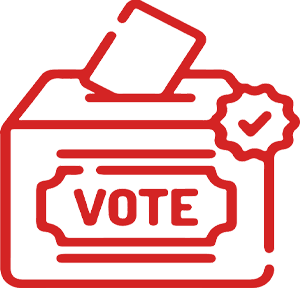
Democracy and Good
Governance

Economic Development and
Regional Integration
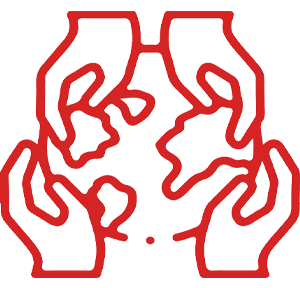
Humanitarian social and environment issues
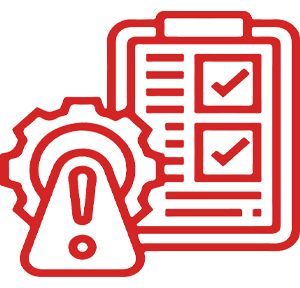
Cross Cutting Issues
